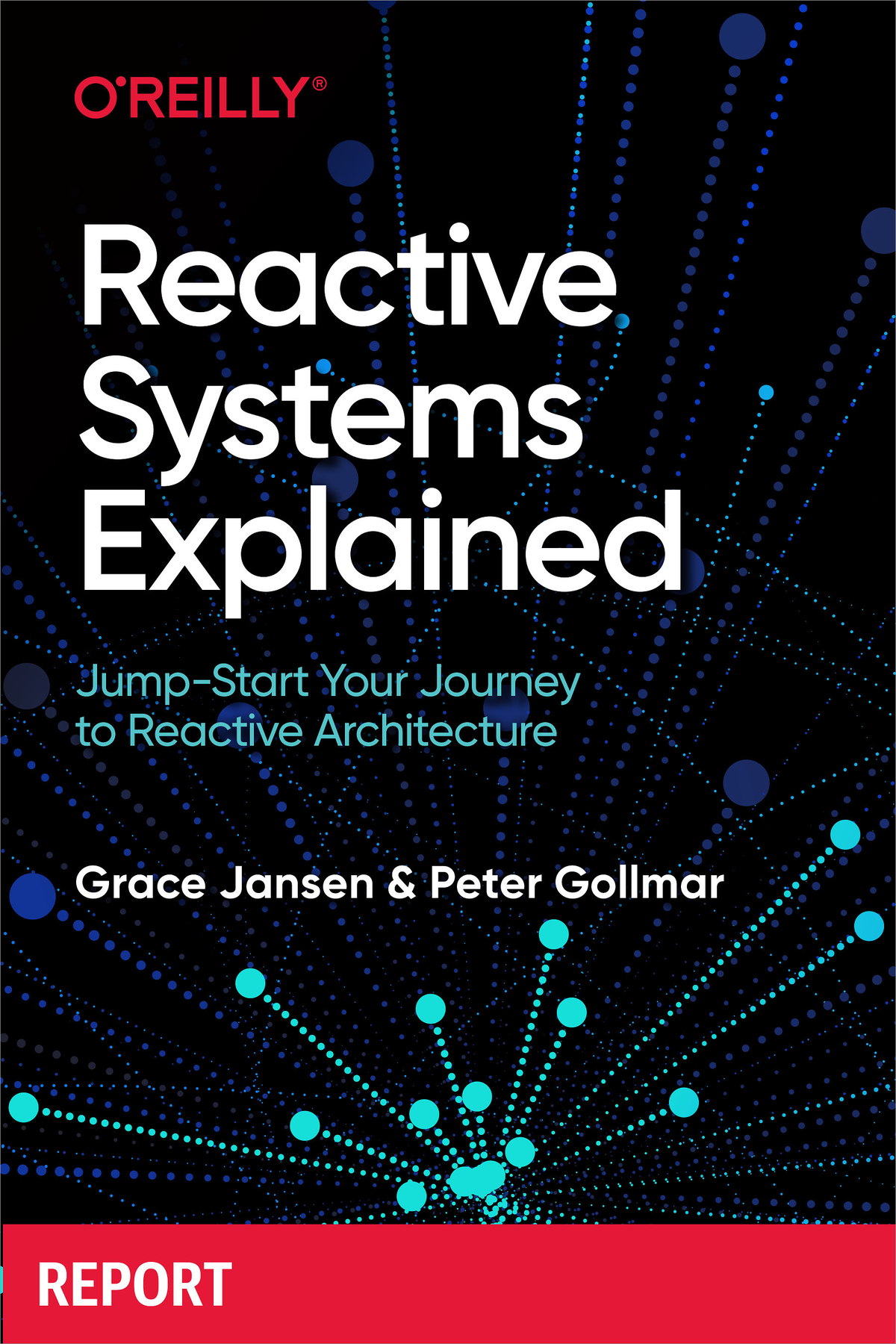

Most ebook files are in PDF format, so you can easily read them using various software such as Foxit Reader or directly on the Google Chrome browser.
Some ebook files are released by publishers in other formats such as .awz, .mobi, .epub, .fb2, etc. You may need to install specific software to read these formats on mobile/PC, such as Calibre.
Please read the tutorial at this link: https://ebookbell.com/faq
We offer FREE conversion to the popular formats you request; however, this may take some time. Therefore, right after payment, please email us, and we will try to provide the service as quickly as possible.
For some exceptional file formats or broken links (if any), please refrain from opening any disputes. Instead, email us first, and we will try to assist within a maximum of 6 hours.
EbookBell Team

0.0
0 reviewsEnterprises are busy transforming themselves by building applications capable of handling massive scale, enormous amounts of data, or both. The good news? There’s an unprecedented choice of open source technologies available to pursue these next-generation applications. In this report, enterprise architects and tech leads will examine the factors driving so many organizations to build reactive systems for cloud native development.
Grace Jansen and Peter Gollmar from IBM examine how the reactive architectural style enables microservices-driven applications to react better to their surroundings and to each other. You’ll learn the key patterns of reactive systems and draw distinctions between implementations offered by various toolkits and frameworks.
Learn how reactive systems handle web and mobile commerce and data-driven decisions
Understand what makes reactive systems reactive: Which tools or implementations do you need to attain reactivity?
Explore concurrency and parallelism with multithreading, the reactor pattern, the multireactor pattern, and the actor model
Learn how reactive works with your enterprise application and understand when a reactive system is the right choice